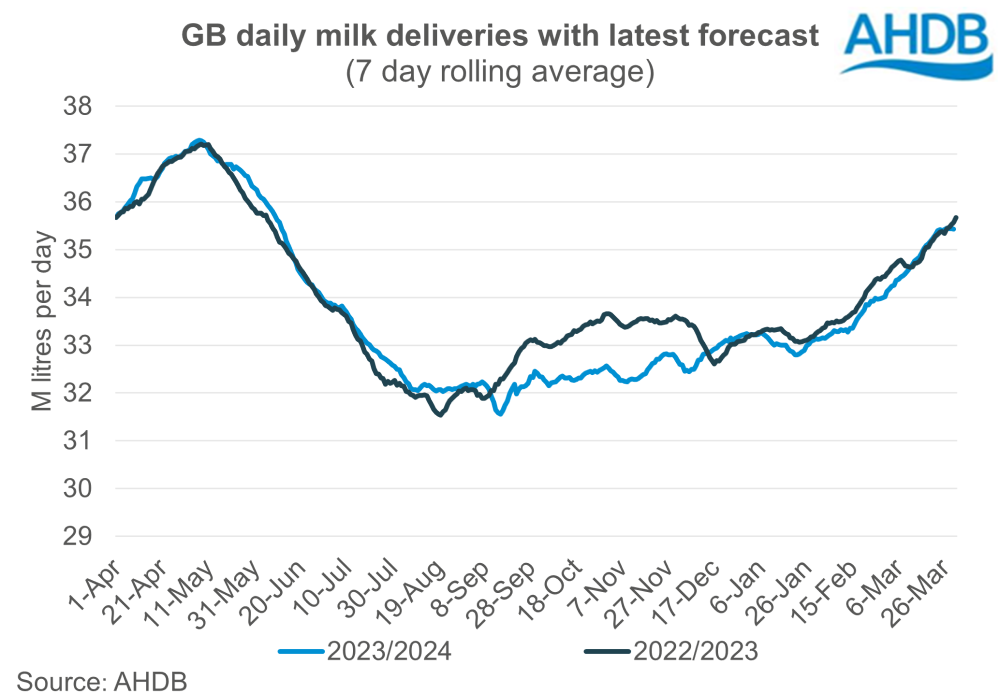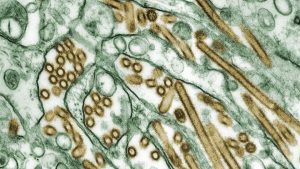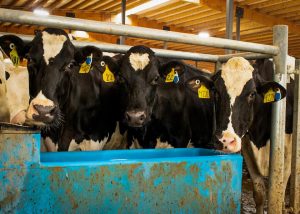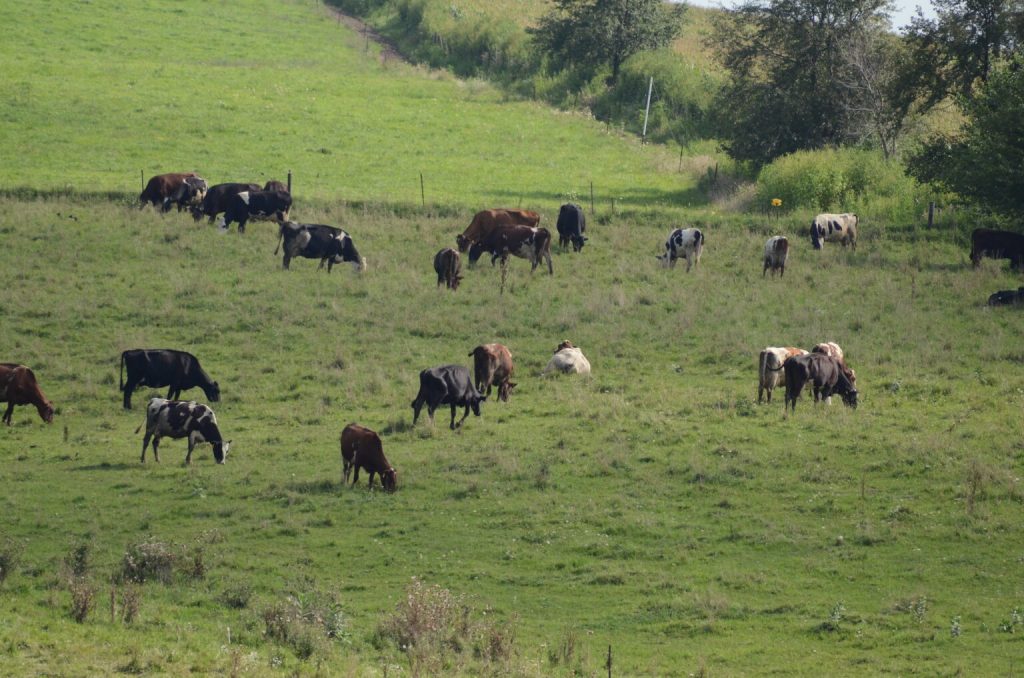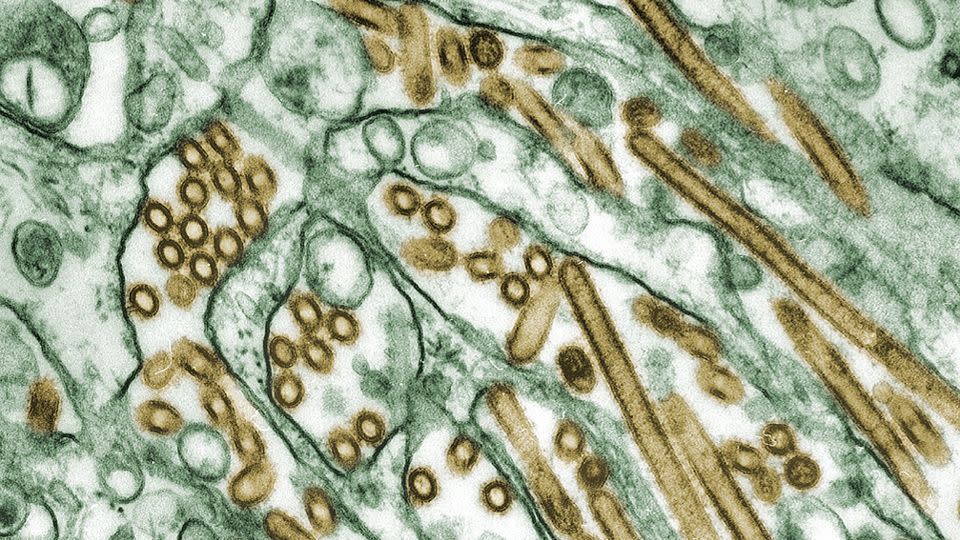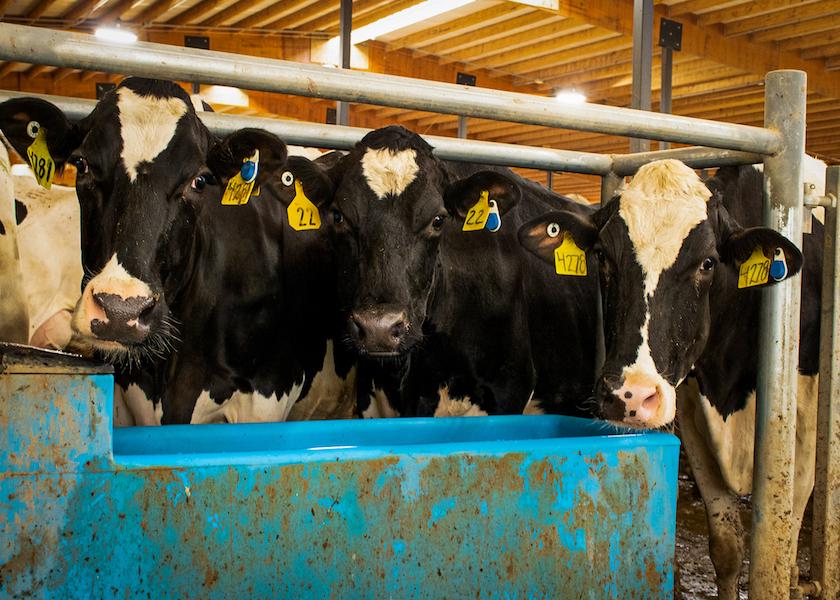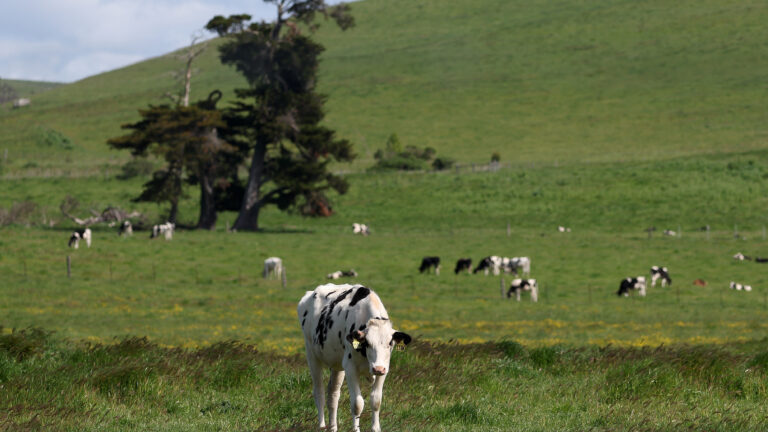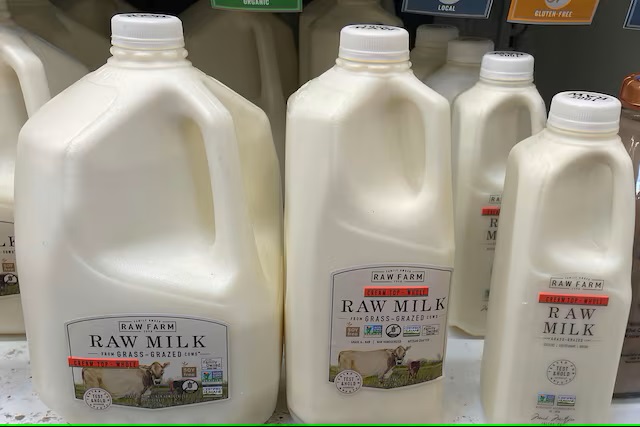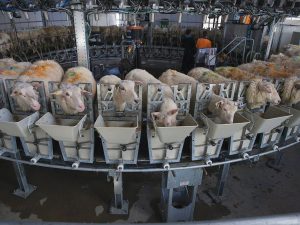Estimated GB milk deliveries in March totalled 1,086 million litres, only 0.1% (0.95 million litres) down compared to the same month last year. Daily deliveries averaged 35.03 million litres.
March completes the GB milk season, with deliveries totalling an estimated 12.35 billion litres for the full year and with daily deliveries averaging 33.75 million litres. It is important to remember that as 2024 is a leap year, there was an extra day in February, raising the actual milk-delivered figure. If we compare on a 365-day equivalent, the total delivered volume for the 2023/34 milk year stands at 12.32 billion litres, a decline of 0.5% (63.60 million litres) on the previous year. This is the lowest milk-year volume recorded since the 2016/17 season.
As discussed at the recent milk forecasting forum, the decrease in production can be attributed to lower yields per cow. Lower milk prices in 2023 compared to the previous year combined with high input costs meant that producers were not incentivised to push production, resulting in a lower milk yield.
Looking forward, the forum discussed how the current wet weather will impact dairy farmers and, in turn, the effects on milk production. We expect to see subdued production as the wet ground delays turning out cows onto grass, with some concerns about the ability to carry out groundwork and the potential knock on effects on grass and silage quality for the coming season. This is reflected in the latest forecast as a marginal decline is expected in GB milk production for the 2024/25 season.
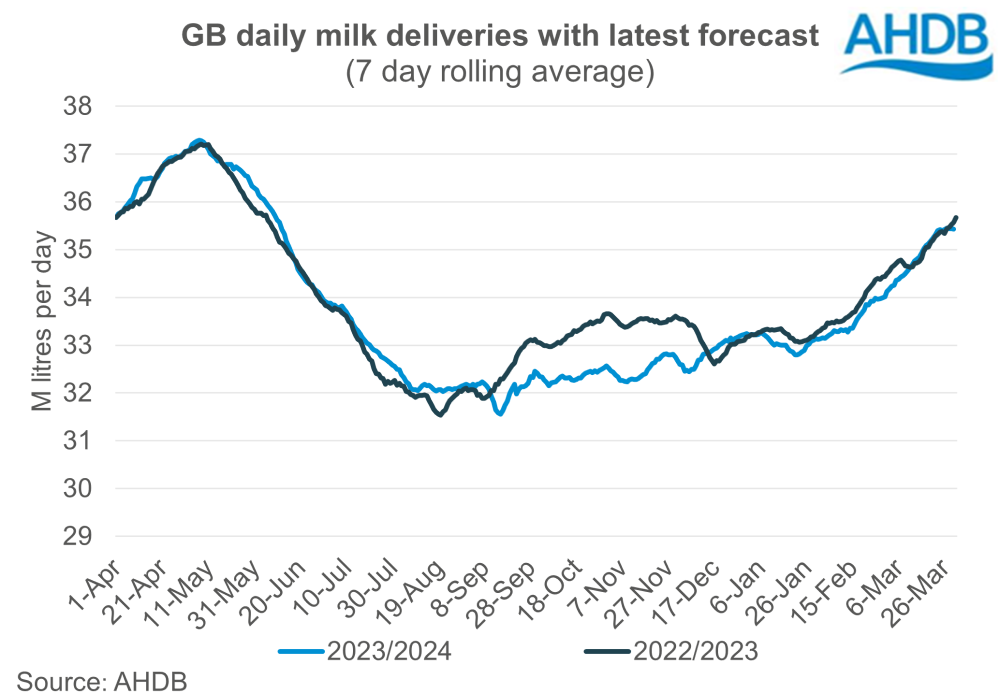
Sign up to receive the latest information from AHDB.
You can now read the most important #news on #eDairyNews #Whatsapp channels!!!
🇺🇸 eDairy News INGLÊS: https://whatsapp.com/channel/0029VaKsjzGDTkJyIN6hcP1K

